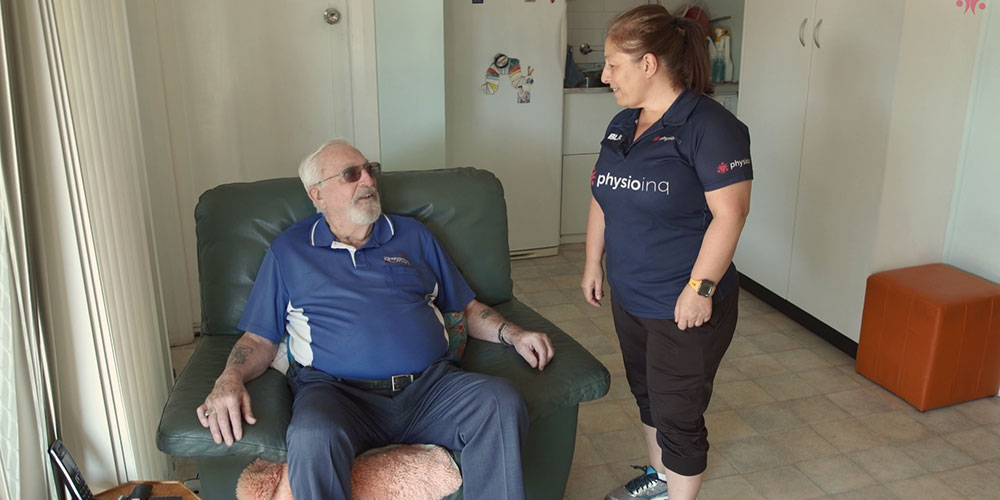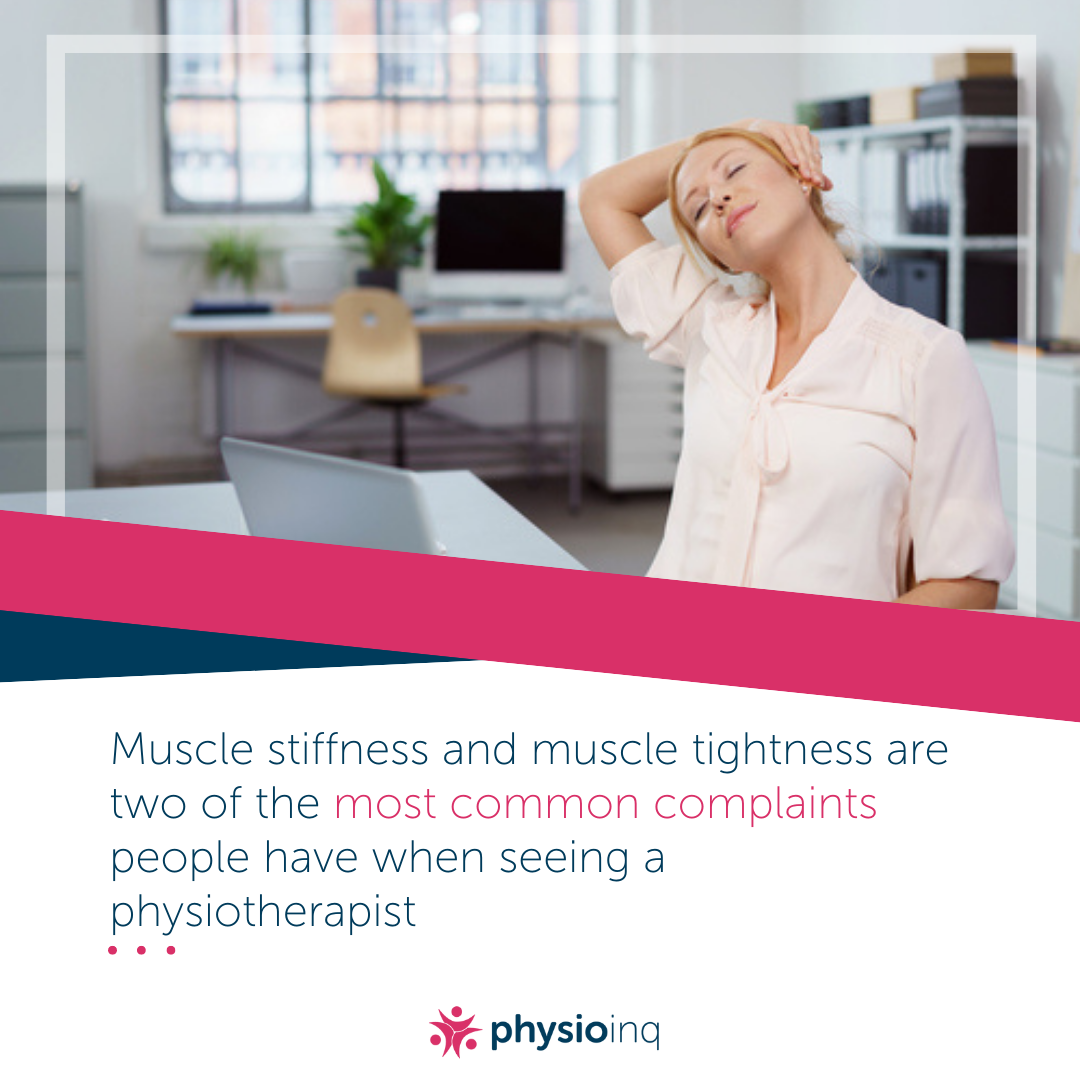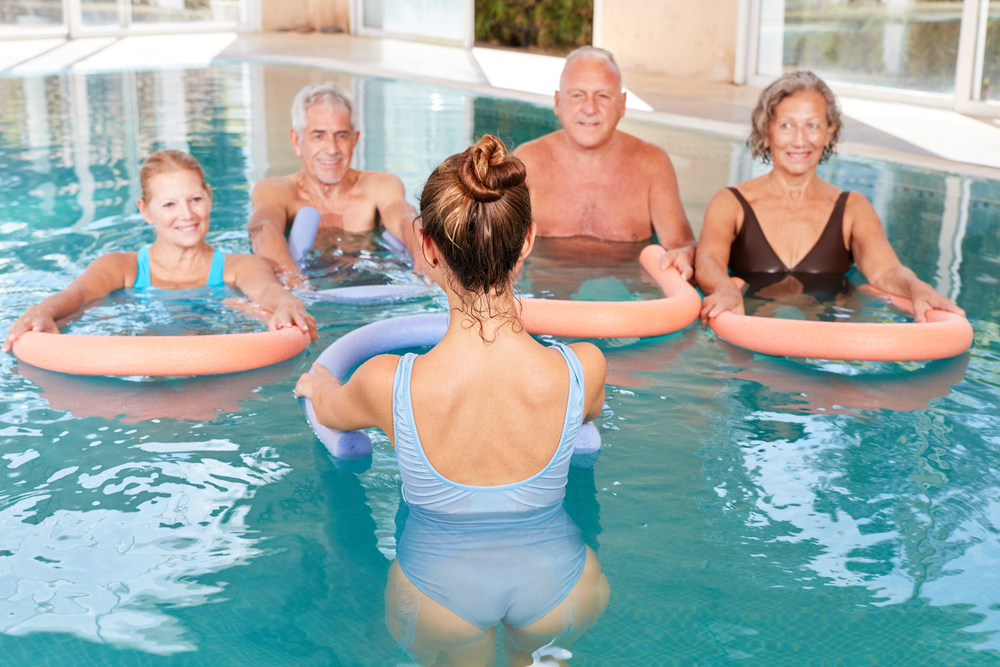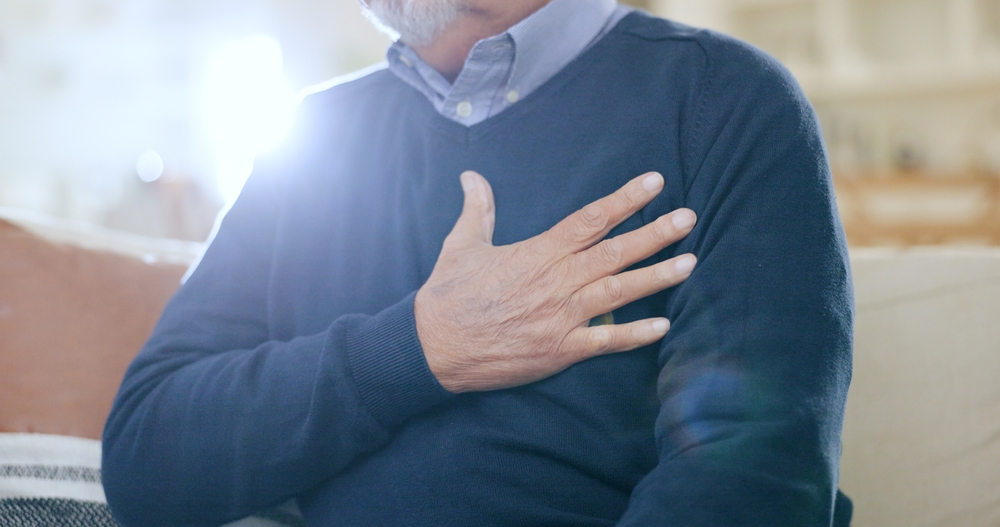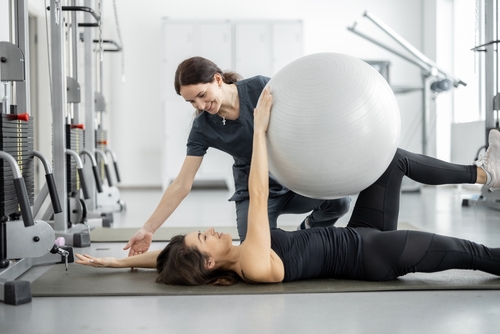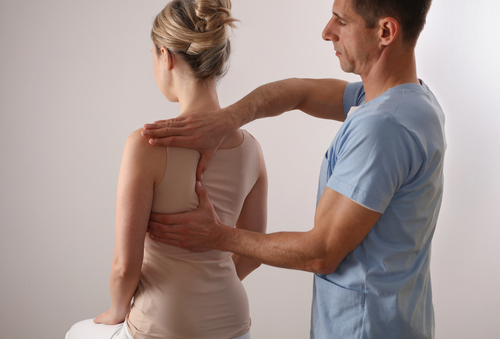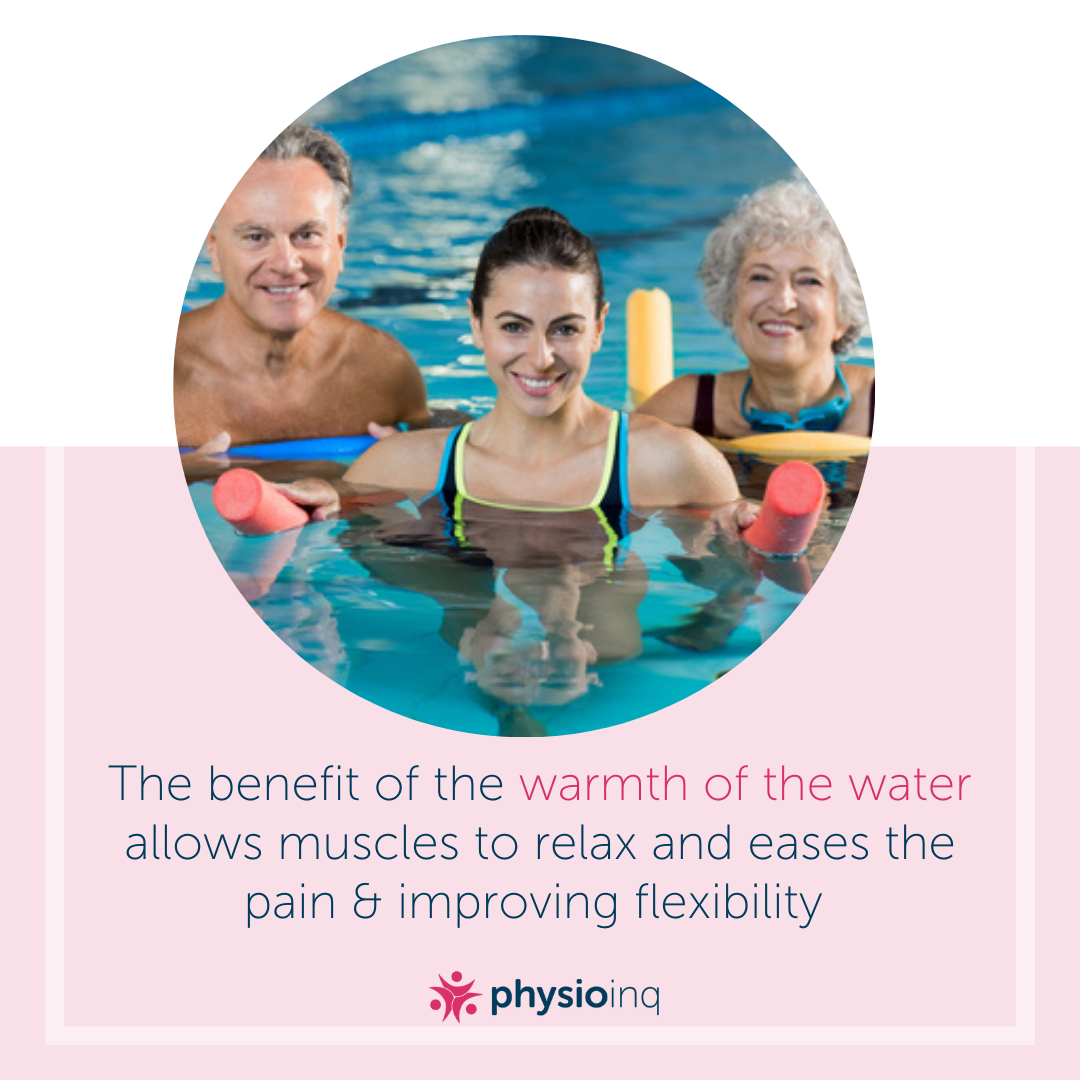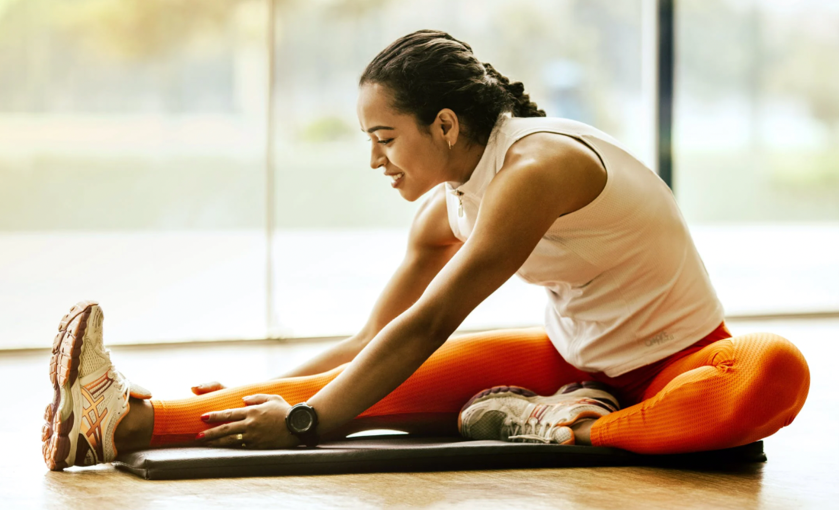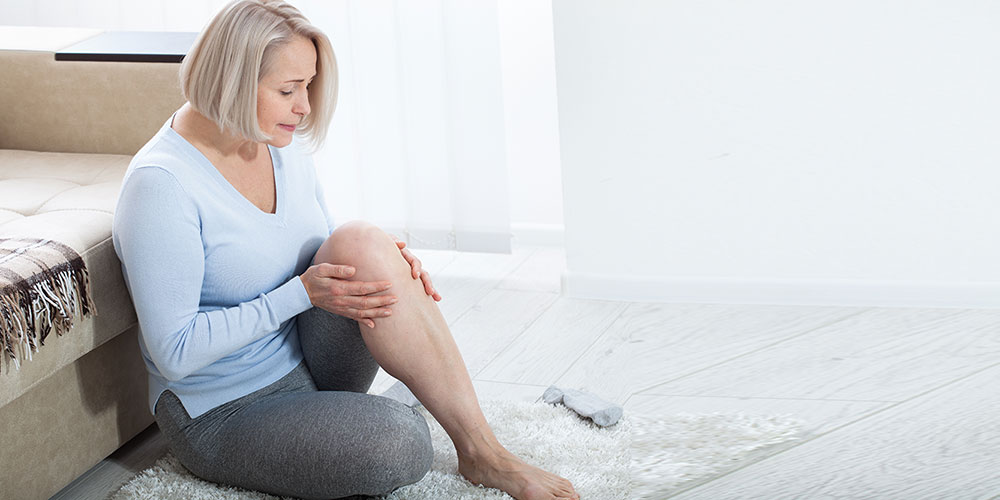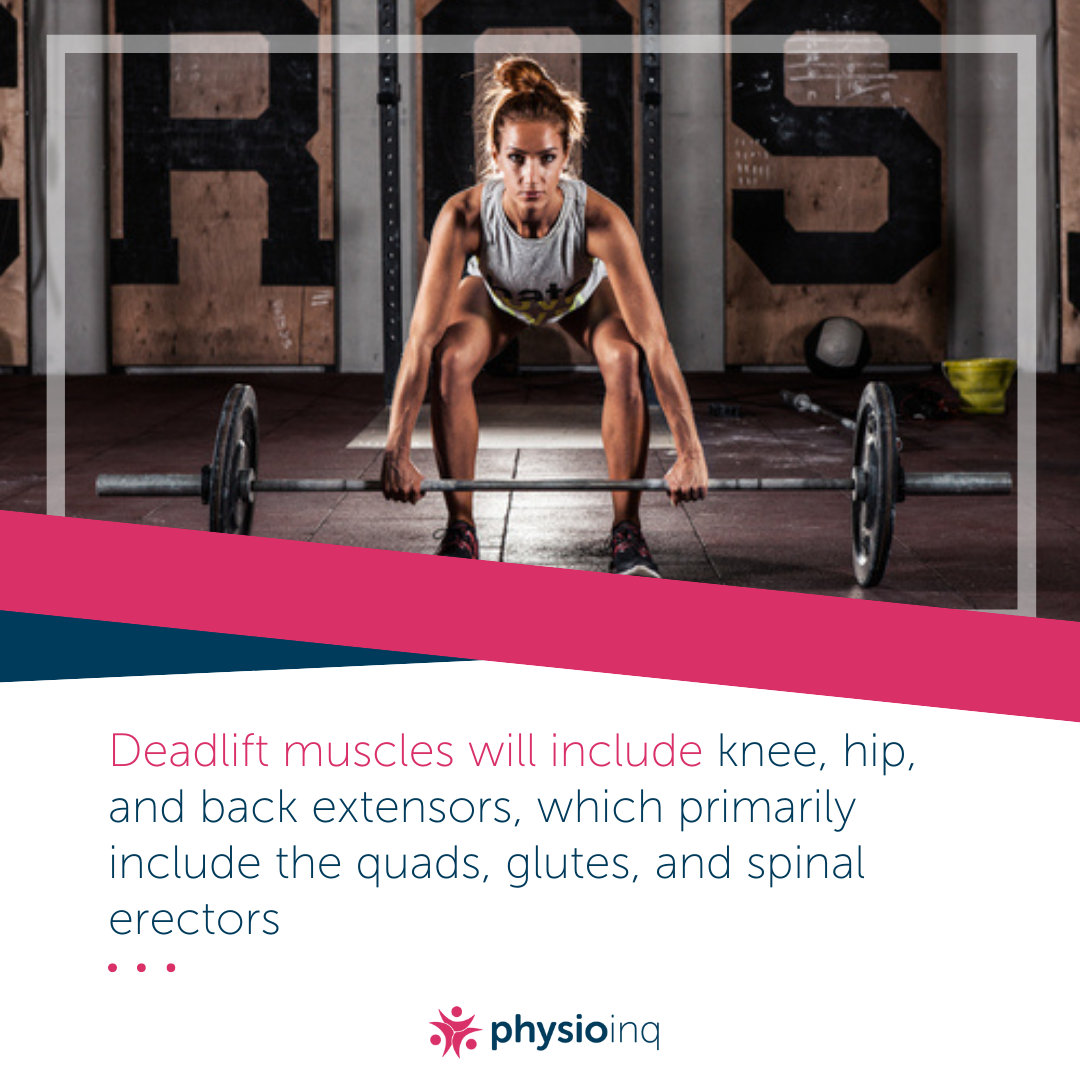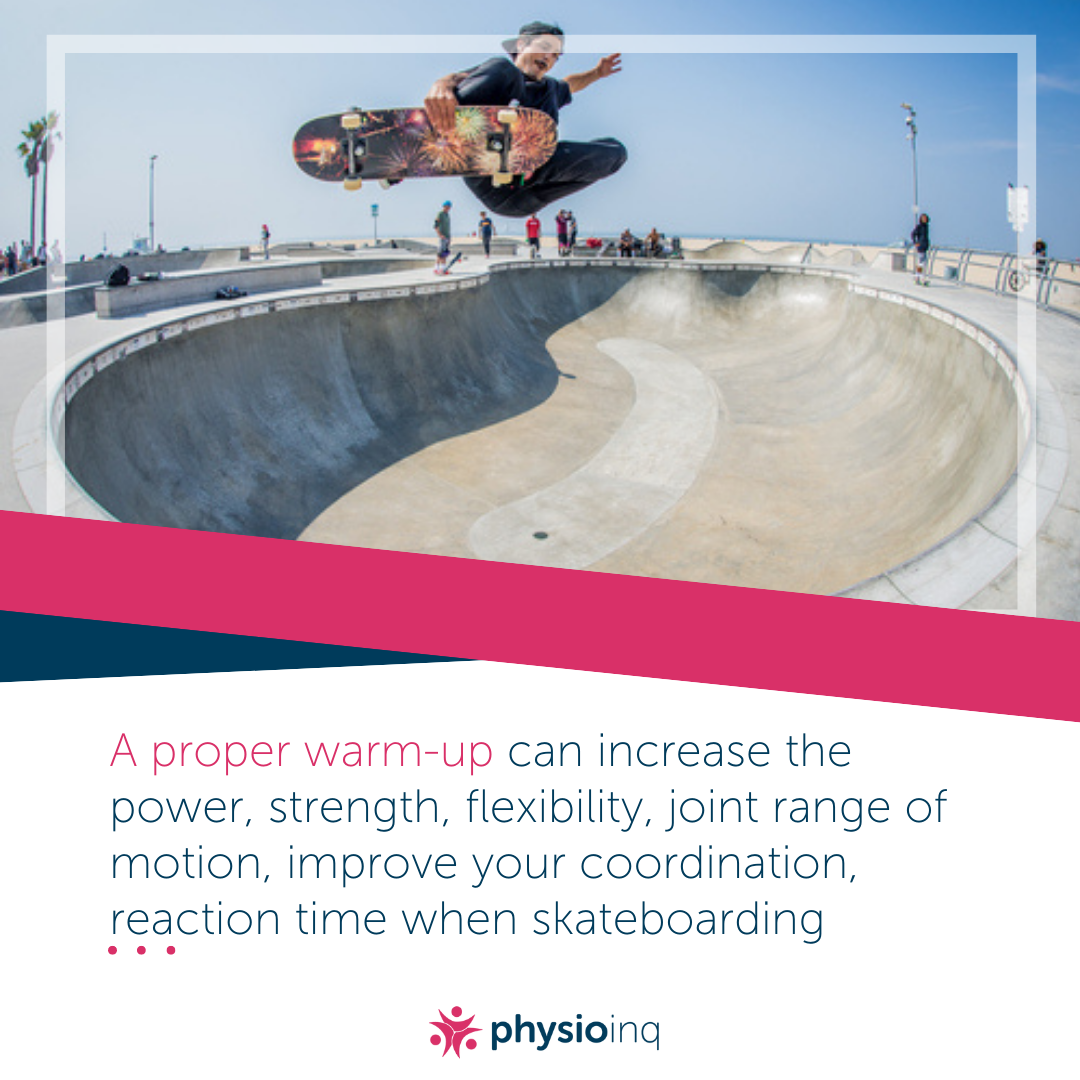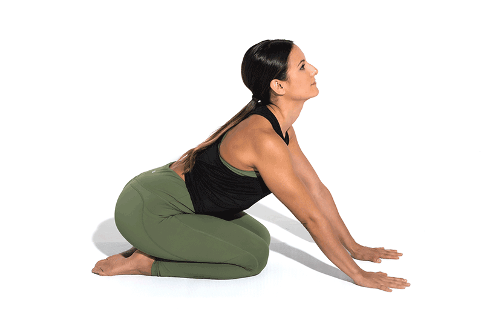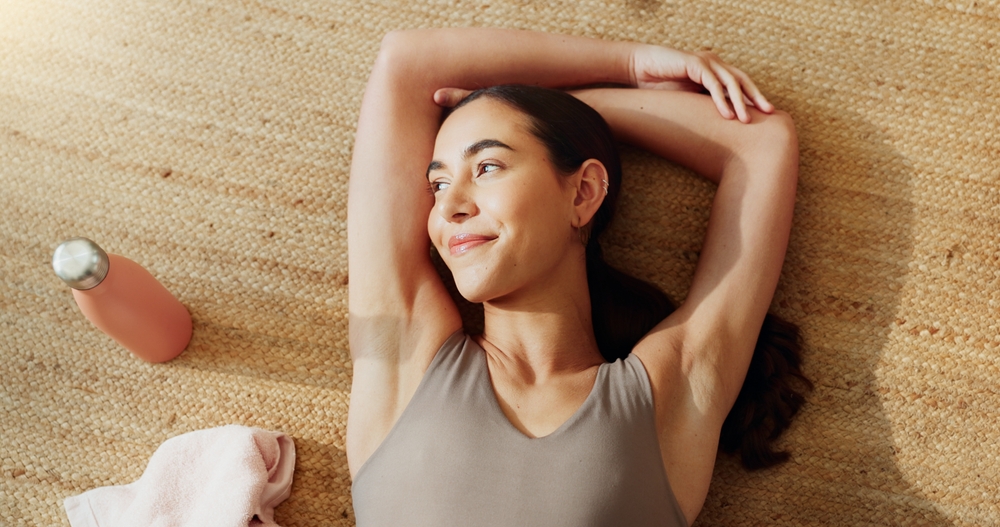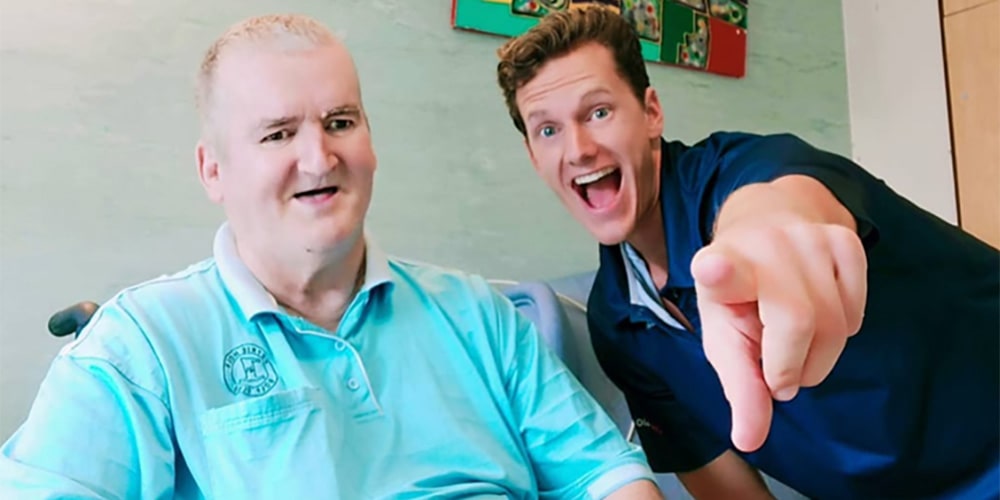Make an Appointment
What is Pilates?
The Pilates method is a physical and mental training system created in the early twentieth century by Joseph Hubertus Pilates, who devised it based on his knowledge of different specialties such as gymnastics, traumatology and yoga. The Pilates principle focuses on uniting dynamism and muscular strength with mental control, breathing and relaxation techniques.
Pilates focuses on the development of internal muscles to maintain body balance and give stability and firmness to the spine. It is widely used as therapy in rehabilitation and is an adopted exercise strategy to help prevent and manage back pain.
This exercise is practised all over the world, especially in countries such as Canada, the United States and the United Kingdom. From 2017, there were over 9 million people practising Pilates regularly in the United States Including well- known celebrities such as Madonna, Uma Thurman and Russell Brand.
In our backyard here in Australia, pilates is now more popular than aerobics with around 1.25 million Australians participating — but almost half of whom also do yoga.
Its main objective is not to burn calories, but to strengthen the muscles and increase the control, strength and flexibility of our body. Although, like all physical exercise, it implies an increase in energy expenditure, and therefore, also contributes to maintaining a balanced weight.
The six essential principles of this method are control, concentration, flow, precision, breath and centring. Pilates refers to a specific area of the body called the "Core" (centre of force), which is also known as the “powerhouse” or more commonly referred to as the abdominal region or core muscles.
Core strength
Your core comprises a complex series of muscles, which extend far beyond your abdomen, including everything besides your arms and legs. It is involved in practically every movement of the body.
The core acts as your body stabilizer, helping you to resist forces of gravity while allowing for the effective operation of the area in your preferred direction and at your chosen speed.
With the above mentioned, we can view core strength as, "the ability to produce force with respect to core stability, which is the ability to control the force we produce"
Pilates for core strength
The main objective of Pilates exercises is to strengthen the core. The abdominal muscles and the dorsal muscles form the centre of the body, from which all movements of the Pilates method begin. This centre is a priority, because everything is controlled from there and, if we do not channel enough energy, the body becomes vulnerable.
By stabilizing the torso, we create a "co-contraction" between the abdominal muscles and the dorsal muscles. This means that all these muscles work together to create a single unit. In most people, the abs are loose and their back is tight and firm. In these cases, the column is usually removed from its position, which results in an inadequate posture and increases the risk of injury and poor posture.
When the dorsal and abdominal muscles are strong and flexible, it is easier to maintain good posture and limit your chances of picking up any minor back issues. Pilates strengthens and stretches these crucial muscles in actively helping to correct any muscle imbalances and reduce the chances of suffering back pain.
Types Of Pilates Mat Exercises
Mat work is the foundation of Pilates. Traditional mat pilates requires no equipment and complete body control, including mindful attention so you’re able to accurately execute all positions, repetitions and movements. During a whole sequence of mat-based Pilates exercises, you will find your hips will be in a position called " printed " that will allow you to protect your vertebral spine and that will build central strength.
Most Pilates mat exercises start with you being in a tabletop position. This is where the knees are bent upwards making the thighs perpendicular to the floor. This type of position helps protect the lower back and makes it easier to commit the abdominal muscles and the execution of the movement.
If you have a mat, you can practice these Pilates mat exercises anywhere. Below are some samples of the exercises of a classical Pilates mat workout that I’d recommend you trying out.
1. The Roundup or Roll Up
It is used to prevent back injuries by improving the articulation and flexibility of the paravertebral muscles.
Placed in the supine position, with legs extended and feet in the Pilates position. Raise the arms to the height of the ears, separated at the same distance as the shoulders. Raise the head and bring the chin towards the chest. Bring the arms towards the ceiling, exhale and flex the vertebrae until you can sit with your arms extended. Contract the abdomen muscles and begin to descend always in a C-shape.
Repeat this movement 3 to 5 times.
Source: Randy Riolis
2. The swimmer
This works on strength, prevents lumbar pain, stabilizes the lumbar spine and helps prevents kyphosis.
Lie on your stomach, extend your arms forward and your legs back. Raise the right arm and the left leg simultaneously. Start the movement of leg shaking with a movement from top to bottom while also raising and lowering the arms.
Perform 2 sets of 10 repetitions
Source: Randy Riolis
3. Hundreds
The hundreds movement helps to strengthen the abdominal muscles, develop trunk stabilization, increase lung capacity and develops mindful breathing techniques into the back of the ribs and develops scapular stabilization.
Position yourself in a supine position. Slightly raise the shoulders and head off the floor maintaining a certain distance between the chin and the sternoclavicular area, whilst trying to focus on lengthening the neck in flexion.
Carry the elongated arms next to the body, at the height of the hip with the hands outstretched and the palms facing downwards. Have the legs flexed, resting the feet on the floor, in the Table Top position, stretched 90, 60 or 30 degrees from the ground.
Connect the scapulae well from behind. Inhale, doing 5 small pumps with the arms. Exhale and perform another 5 pumps with the arms.
Continue up to 100 pumping or 10 full breaths.
Source: Randy Riolis
it’s been proven that regular participation In Pilates classes or Pilates-based movements will improve core strength, flexibility, mobility, balance and muscle tone.
To find out more information about our Pilates classes and bookings across Australia, please contact us on 1300 731 733 or find your local Physio Inq Pilates location here.
Date Published: Wednesday, November 14, 2018
Locate a Mobile Physiotherapy
Service Near me
Get the experience & convinence you deserve to support your or a loved one's allied health needs.
Our Mobile Physiotherapy team are currently serving & taking appointments in the following states and regions in Australia:
Need to get into direct contact with ur Client Services team? We're all ears. Call our team directly on 1300 731 733

